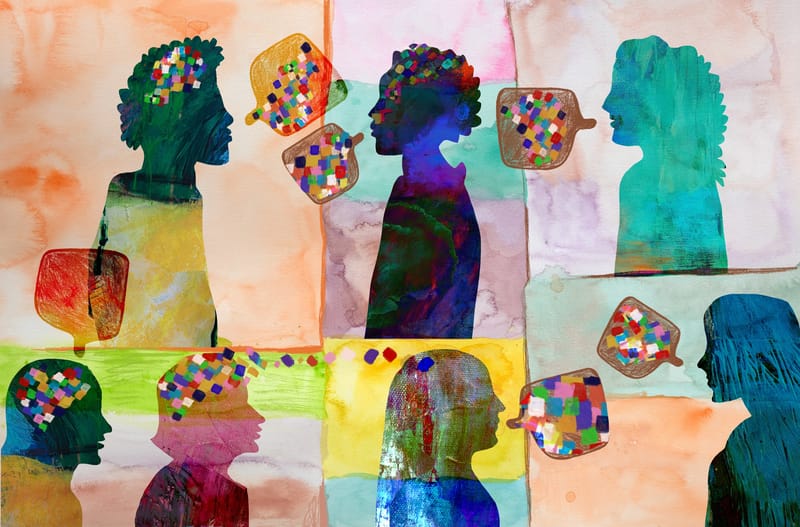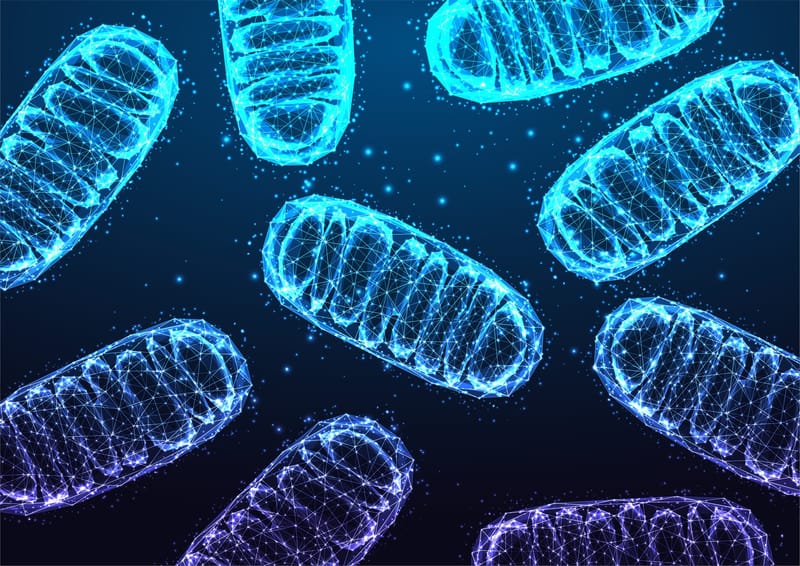
The winter of 2017 was Australia’s worst flu season on record, with 222,000 infections recorded so far and twice as many laboratory-confirmed notifications as last year. Consultation, hospitalisation and mortality rates, particularly in New South Wales, were high. There were many institutional outbreaks and plenty of media attention.
As in every other year, there were many strains of the influenza virus circulating at the same time, often in the same person. And just like every other year, a vaccine had been prepared based on projections compiled by experts at the World Health Organisation. This year’s vaccine contained four strains.
Flu comes in two main flavours: A and B. Different strains of the virus are labelled according to the arrangement of two main outer membrane proteins, HA (hemagglutinin) and NA (neuraminidase). So a particular strain will have a label such as A/H1N1 or A/H7N9.
One of the strains in this year’s vaccine formulation, A/H3N2, wasn’t a good match with the actual strain that ended up circulating. Combined with a very low vaccination rate – only 27 per cent of Australians were vaccinated, and only 6 per cent of children – this year had all the ingredients to be a bad one for the flu.
Getting vaccinated is the best prevention, but unlike the measles or HPV vaccine, it’s not always very effective. That’s because those outer membrane proteins are always mutating. If the circulating strain has mutated, the antibodies you produced after getting the flu shot don’t recognise it and you might get sick.
We are not all equally equipped when faced with the flu – some people are at higher risk, and there are others who seem to be unaffected by the virus. No matter what is circulating, some people don’t tend to get sick, or not as badly. Nobody really knows why. These people might hold the key to the development of a better, or even a universal flu vaccine.
Associate Professor Stephanie Gras, a research group leader within the Infection and Immunity program at Monash's Biomedicine Discovery Institute, suspects it might involve T-cells, the specialised immune cells that patrol our bodies on the lookout for rogue invaders. It’s possible, she says, that T-cells might be able to recognise a stable protein from inside the influenza virus rather than the highly mutation-prone HA and NA proteins from the outer membrane. That way, even if the strain mutates, the T-cells can still recognise it and launch an attack.
She is working with Professor Katherine Kedzierska at the Doherty Institute at the University of Melbourne to uncover the details of how this process unfolds at the molecular level.
If T-cells have the natural ability to recognise a protein that’s common to many different strains of the flu, then it might be possible to harness it to make a universal flu vaccine that wouldn’t have to be readministered every year.
The first step, says associate professor Gras, is to fully understand the natural lock and key mechanism that T-cells use to recognize and attack the virus.
The ‘lock’ part of the mechanism is provided by specialised molecules we produce called HLA, for Human Leukocyte Antigens. The recipe for the HLA molecules – there are thousands of different varieties – is part of our DNA, and thus varies widely across populations. The HLA molecules are designed to bind to small fragments of proteins called peptides – for example, a viral peptide.
The ‘key’ part of the mechanism is the T-cells. Each of them has the ability to recognise a specific protein fragment – like a peptide from the virus. We make about 100 million different T-cells in order to handle as many as possible of the multitude of peptides that we encounter. The T-cells are different in every individual because they are selected in response to a person’s particular HLA molecules.
Getting vaccinated is the best prevention, but unlike the measles or HPV vaccine, it’s not always very effective.
The researchers looked at how individual T-cells responded to individual flu-infected cells that had been engineered with just a single HLA molecule.
They found that there were only a few protein fragments from the interior of the virus, the part that is more stable, that triggered a T-cell response.
“It’s a lot of work to get down to those three or four magical peptides,” Associate Professor Gras says. “But that’s the only way to identify which ones are important and, moreover, which ones can stimulate our immune system.”
Using the Australian Synchrotron, Associate Professor Gras was then able to visualise individual T-cell receptors attached to the peptides on the HLA molecules. To her surprise, she found that the T-cells managed to respond to proteins that had been deliberately mutated.
“The receptors were able to push the peptide into a shape that looked like the strain that we had at the beginning,” she said.
This may be part of the reason why T-cells have such an uncanny ability to recognise many different strains of the virus.
“It was very exciting, because this project allowed us to understand how a single T-cell can recognise different strains of the virus.
"This helps us to understand why some individuals who carry a certain HLA molecule have the ability to recognise so many different flavours of the flu virus. Now we finally have the tools to look at the T cell response in different individuals, and identify which cell we should activate to develop a better anti-viral immunity.”
The next step towards the holy grail of a universal vaccine is to identify a palette of HLA molecules that could provide natural immunity to a broad range of people. “We’ve selected six different HLA molecules, because their frequency will actually cover about 90 per cent of the population,” she explains.
If their theory is correct, the flu peptides binding to these HLA molecules would stimulate a T-cell response in most people, conferring a much broader and longer-lasting immunity to the flu than is possible with the current vaccine.
They’re still a long way from poking anyone with a new vaccine, but Associate Professor Gras is optimistic, particularly in light of the recent progress using T cells in cancer immunotherapy.
“I really think that all the success with cancer immunotherapy therapy could be applied to viral immunology as well. T-cells are really fantastic at recognising their target, and I think if you choose or stimulate the right T-cells, you have a recipe for success.”
Associate Professor Stephanie Gras is Associate Professor (Research), Biochemistry and Molecular Biology, at Monash's Biomedicine Discovery Institute.





